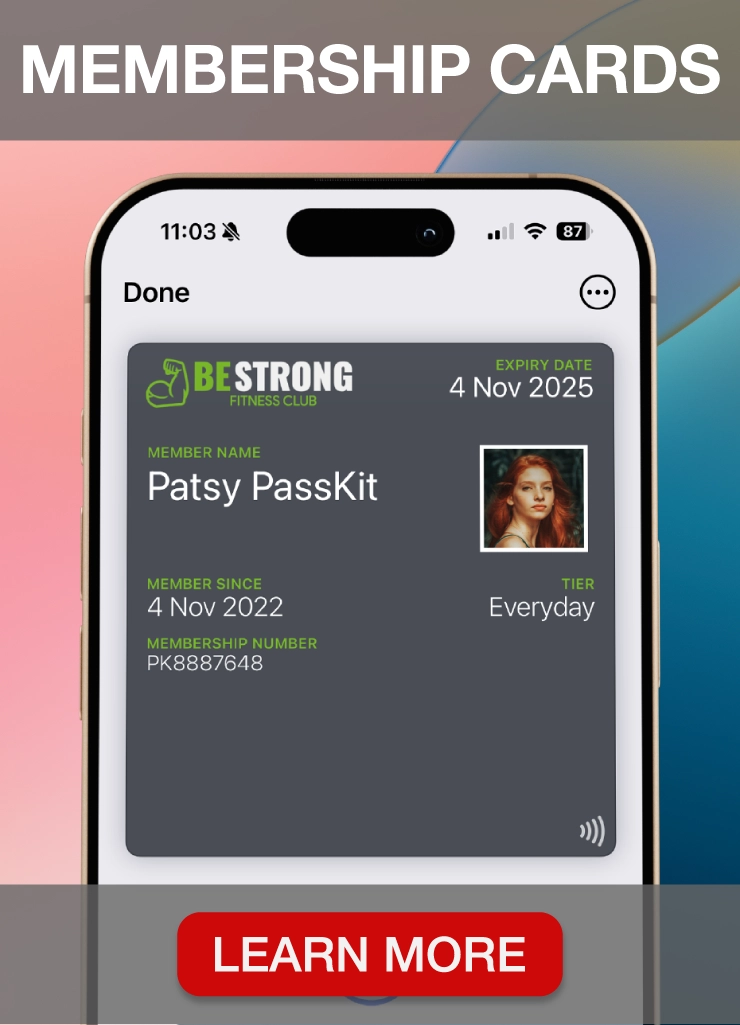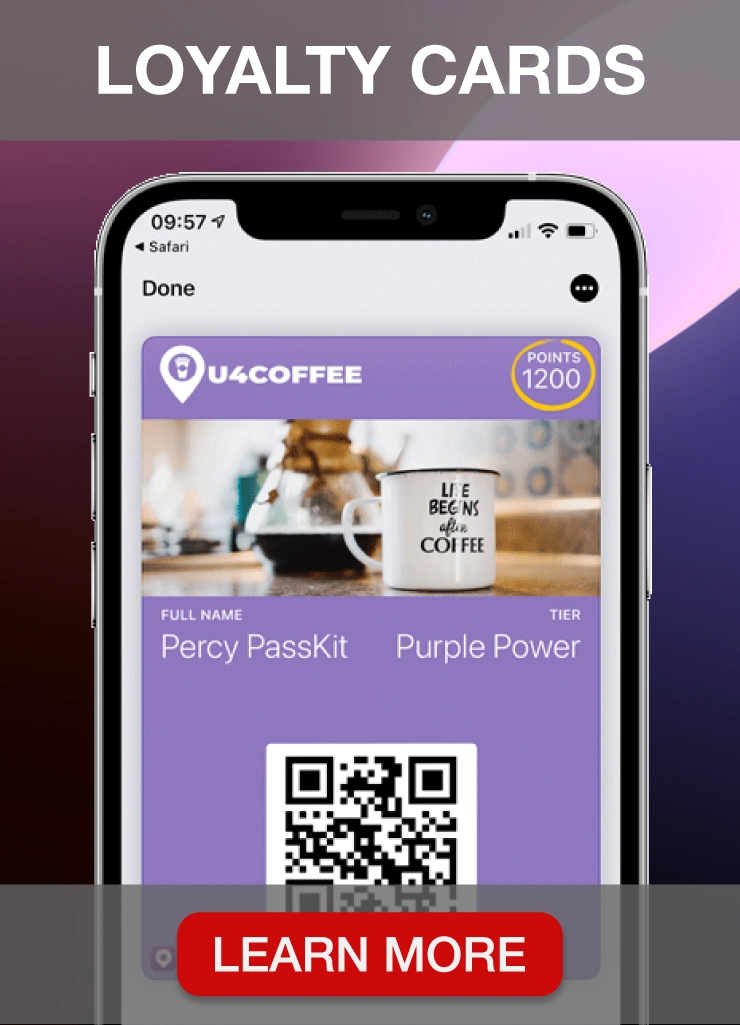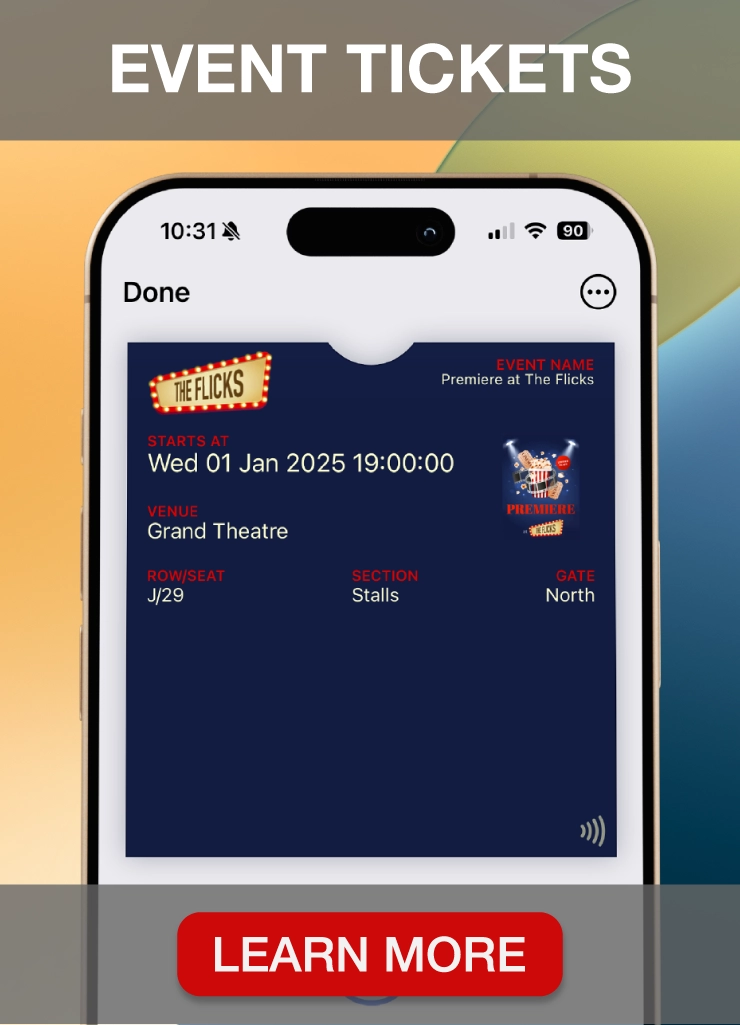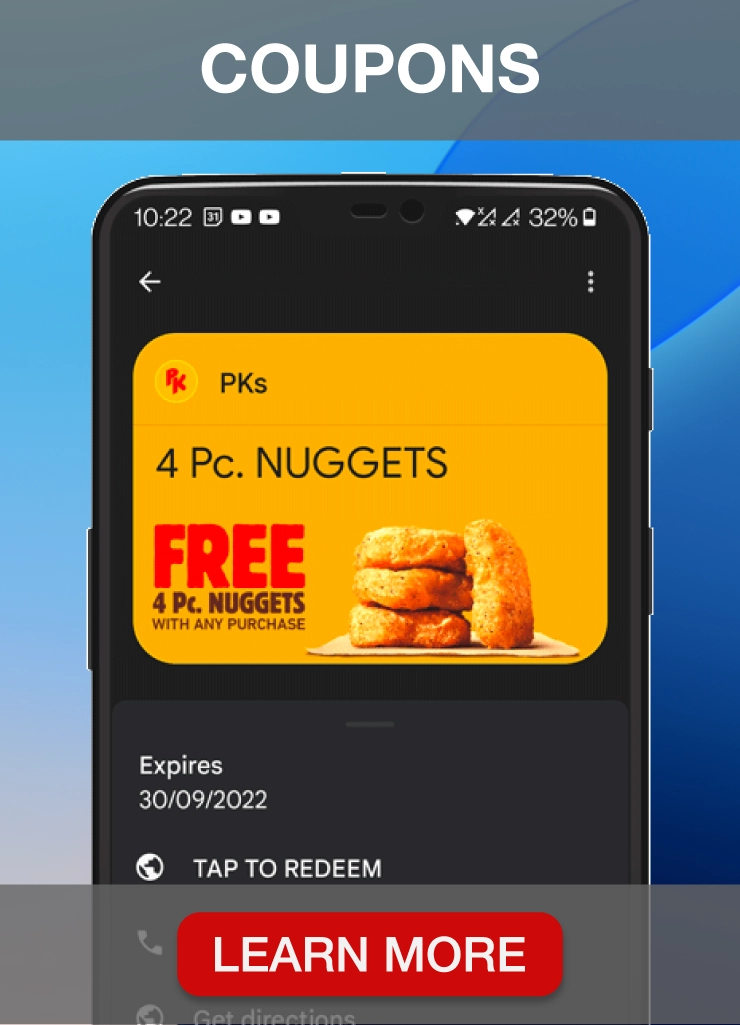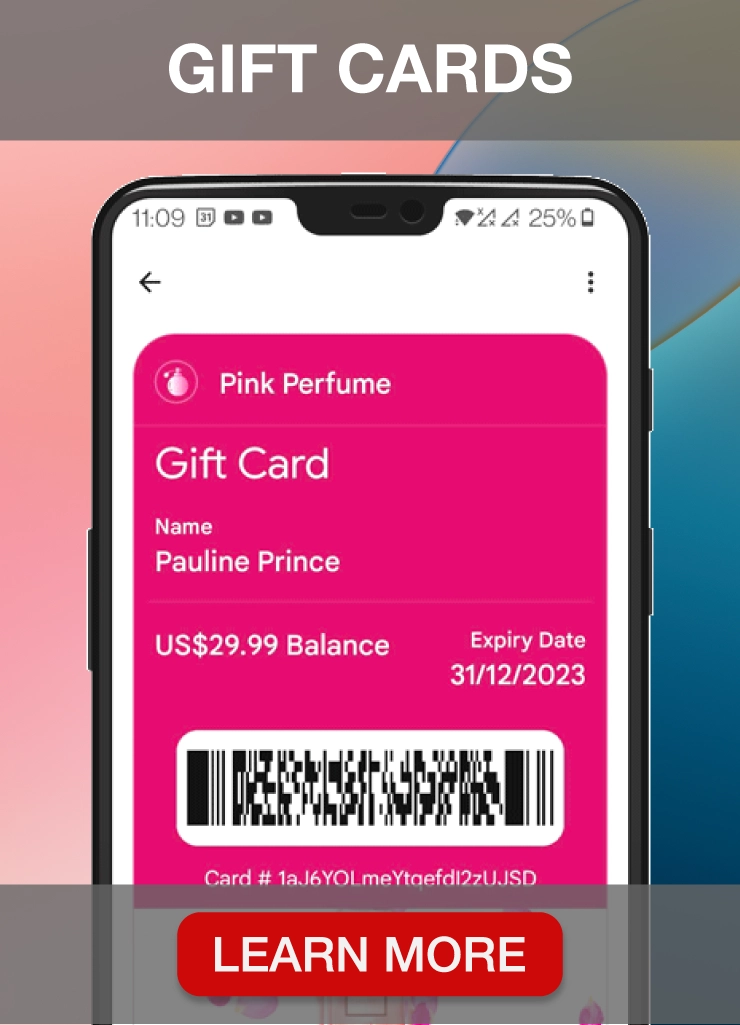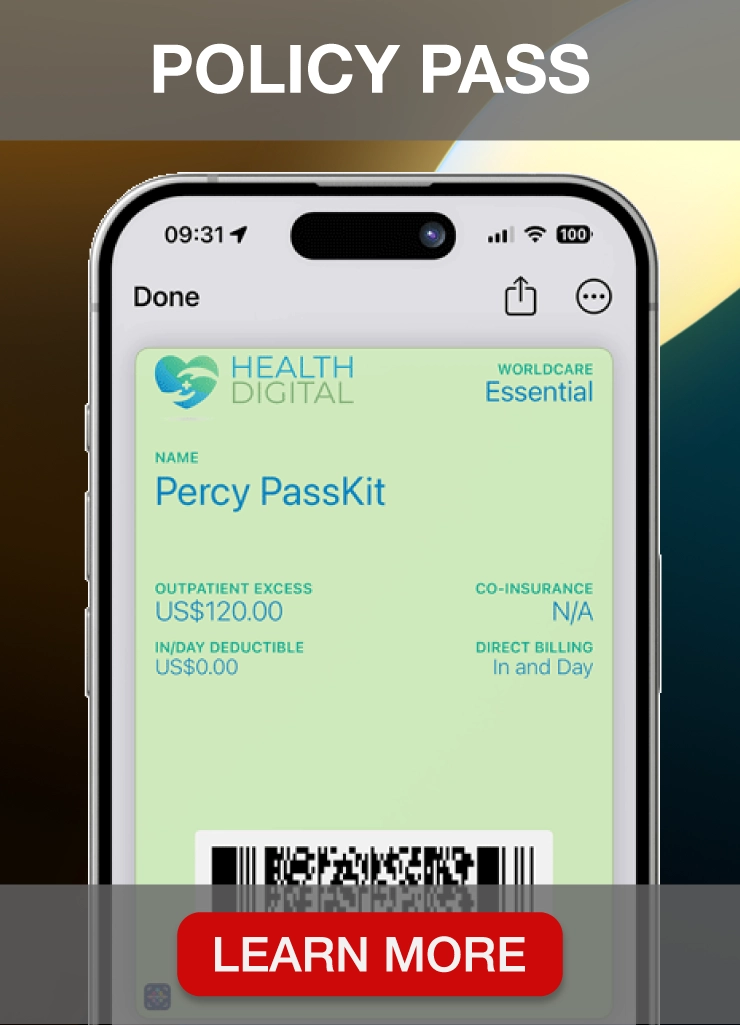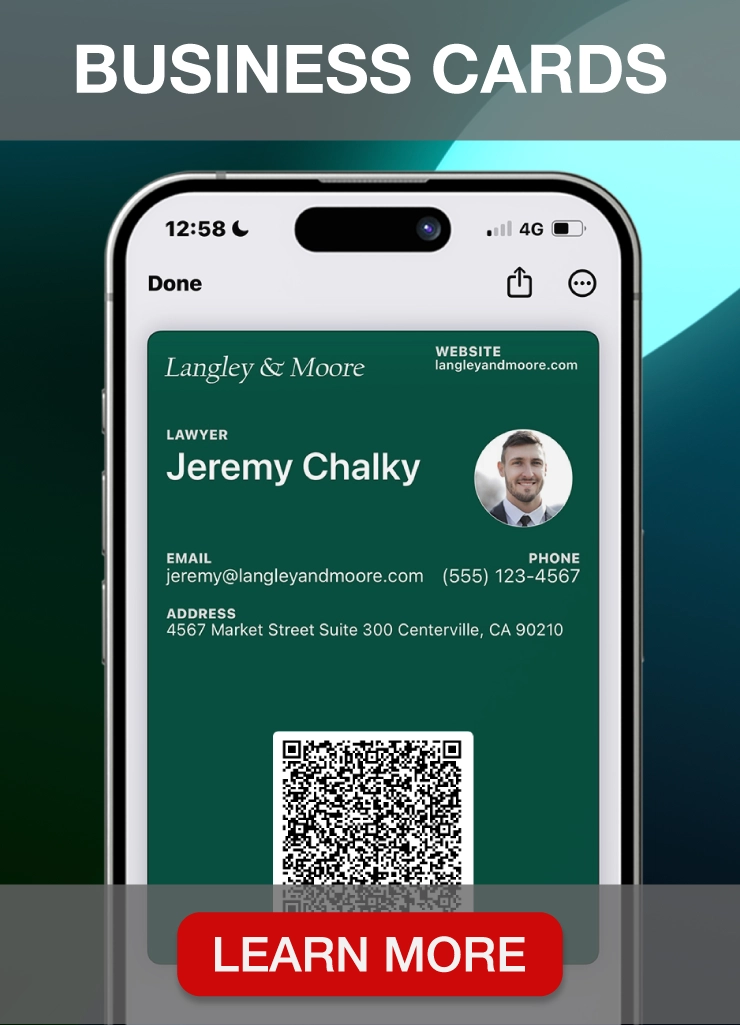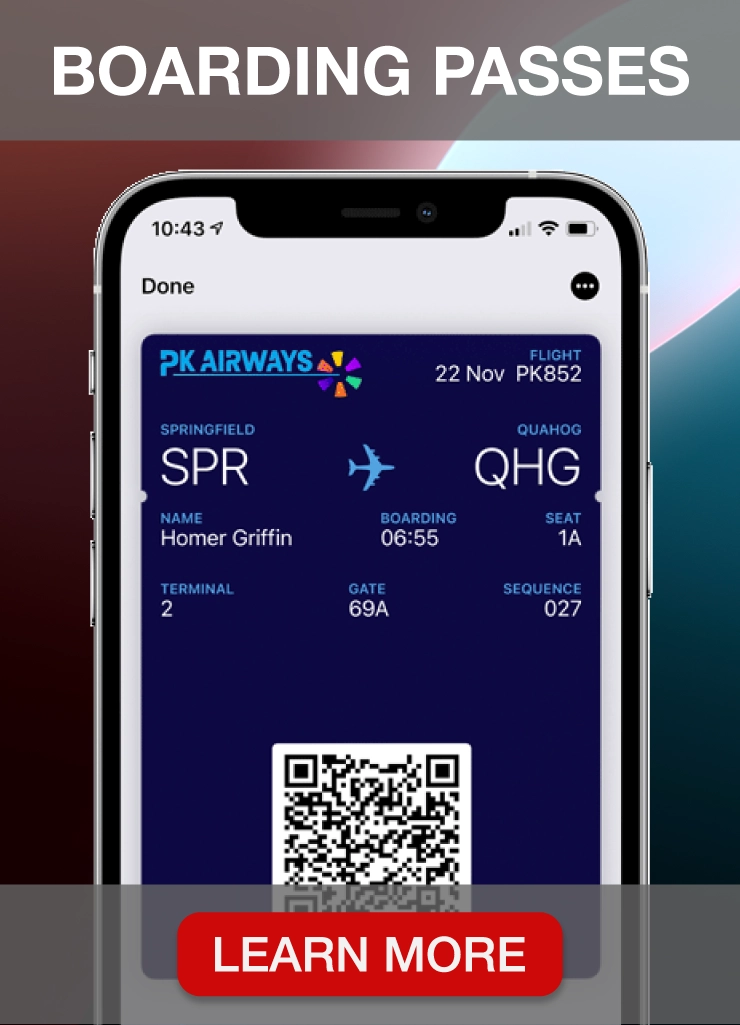There is no one-size-fits-all solution when creating successful loyalty programs. What works for a beauty salon next door may not work for your restaurant, gym or coffee shop.
While there are proven tactics to employ when creating your loyalty program, you must continually monitor its performance and measure success to optimize for better results.
Choosing the right loyalty program KPIs and tracking them over time is essential to improve your customer loyalty program. If you want to know how to track these KPIs effortlessly, we have a solution for you.
PassKit allows you to design loyalty programs, create loyalty program cards, and track key customer experience metrics. To see PassKit in action, sign up for a 45-day free trial now.
Let’s define loyalty programs, explain why measuring your success is essential and show how to use PassKit to track loyalty program KPIs.
What is a loyalty program?
Image source: Exploding Topics
A loyalty program is a marketing strategy companies use to reward customers for their repeated interactions with their brands. By offering points, discounts, samples, or other incentives, brands aim to keep customers engaged and encourage them to remain loyal to their business.
The importance of measuring loyalty program success
Let’s discuss why it’s critical to measure a loyalty program’s performance.
Monitor progress in achieving loyalty program goals
Regardless of your loyalty program’s objective, whether to expand your customer base, decrease churn, or increase customer lifetime value, monitoring progress is crucial to determine how close you are to achieving those goals.
Identify areas of improvement in the loyalty program
Simply having a loyalty program in place does not guarantee success. To thrive, you must continually evaluate how your customers respond to the program and identify areas for improvement. You can optimize your loyalty program to deliver even better results.
Gain a better understanding of customer loyalty and preferences
You may learn more about your consumers’ preferences and expectations by evaluating your loyalty program’s performance. With this knowledge, you can better customize your loyalty program to meet their demands.
Measure customer engagement with the loyalty program
Image source: Freepik
When you measure loyalty program success, you get insights into the level of customer engagement with the program. Poor engagement is an indication that your loyalty program strategy requires improvement.
Track customer lifetime value
Assessing your loyalty program engagement can also reveal the total amount of money a customer has spent on your products or services since the start of your business relationship.
Identify customer segments and their needs
Analyzing loyalty program data helps you identify customer similarities and group them accordingly.
By creating customer segments based on purchase frequency, spending habits, demographics, or geographical location, you can target your customers more precisely and provide a personalized customer experience.
Evaluate the effectiveness of incentives and rewards
Analyzing loyalty program metrics can help determine whether your incentives and rewards motivate customers to spend money on your products or services.
This information can help you get new customer loyalty program ideas to make it more effective and increase customer spending.
Track customer churn
Another benefit of assessing your loyalty program’s success is that it enables you to identify how many customers have stopped using your products or services.
Having a loyalty program in place allows you to understand your audience better, which, in turn, can help develop strategies to reduce the churn rate.
Measure customer loyalty and satisfaction
Image source: Freepik
By tracking key metrics, you can identify what works well or not to increase customer loyalty and satisfaction.
For instance, if you notice that a particular incentive doesn’t resonate with customers, you can offer a different reward or adjust the value of the incentive to make it more appealing.
You can also optimize your offerings and expand your product or service line to meet customer needs better.
Monitor changes in customer behavior over time
Assuming that customer behavior will remain consistent can harm your business, as customer preferences and needs shift over time. It is vital to track how customer behaviors change and develop strategies to address them.
So, how do you measure the success of a loyalty program?
The answer lies in selecting the right loyalty program KPIs (Key Performance Indicators). Let’s discuss the most critical ones you can start tracking today.
What are loyalty program KPIs?
Image source: Freepik
Loyalty program KPIs (Key Performance Indicators) are metrics you can use to measure the success of your loyalty program.
They provide insight into customer behavior and preferences, including customer retention, lifetime value, redemption, and referral rates.
These metrics help identify areas of improvement and optimize the loyalty program.
Why is it important to choose the right KPIs?
Selecting the wrong KPIs can result in an inaccurate representation of your loyalty program’s success or failure.
In contrast, utilizing the right KPIs enables you to track the relevant data aligned with your program’s objectives, allowing you to make informed decisions to enhance and optimize the program.
Tracking critical metrics for loyalty programs
The following metrics can serve as a foundation when evaluating the effectiveness of your loyalty program.
Redemption rate
Image source: Zinrelo.com
The redemption rate refers to the percentage of rewards or incentives that customers use or redeem. It shows the program’s success in motivating customers to engage with the brand and make repeat purchases.
A high redemption rate indicates that the rewards are valuable and relevant to customers and that the program effectively retains them.
On the other hand, a low redemption rate may suggest that the rewards must be more compelling or that you need to communicate the program’s benefits to customers better.
Profitability per redemption
Profitability per redemption measures the profitability of customer rewards or incentives. You can calculate it by dividing the total profit generated from the redeemed rewards by the number of redemptions.
It shows the effectiveness of a loyalty program in driving profitability.
A high profitability per redemption indicates that the rewards offered are cost-effective and generate a significant return on investment.
A low profitability per redemption may suggest that the rewards are too expensive or not generating enough revenue to justify the cost.
Customer lifetime value
In a loyalty program, customer lifetime value considers the additional revenue generated by a customer’s participation in the program, such as through repeat purchases and increased spending.
It is essential because it shows the long-term value of retaining customers through the loyalty program.
By understanding the CLV of different customer segments, you can administer your resources more effectively and decide how to improve your loyalty program to maximize overall profitability.
Customer referral rate
The customer referral rate shows the percentage of customers who refer their friends or family to join your program.
It demonstrates customers’ satisfaction with the program and how likely they are to recommend it to others.
A high referral rate indicates that customers find value in the program and are willing to promote it. It can lead to increased customer acquisition and higher revenue for your business.
Average order value
Image source: Freepik
Average order value measures the average amount a customer spends on each transaction with your business.
You can calculate it by dividing the total revenue generated by the number of orders placed.
It helps you track whether the program drives customers to spend more per transaction. An increase indicates that the loyalty program successfully encourages customers to purchase more or redeem higher-value rewards.
New customer acquisition rate
The new customer acquisition rate in a loyalty program refers to the rate at which you acquire new customers due to the program.
A high new customer acquisition rate indicates that the program successfully attracts new customers and expands the customer base. In contrast, a low rate may indicate a need for program improvements or marketing strategy optimization.
Repeat purchase rate
The repeat purchase rate measures the percentage of customers who make a repeat purchase.
This KPI indicates customers’ loyalty and willingness to return and make additional purchases.
A high repeat purchase rate is a positive indicator of a loyalty program. It shows that customers are satisfied with the products or services and are more likely to continue to engage with the brand.
It also helps in increasing customer lifetime value and reducing churn rate.
Engagement rate
Engagement rate measures how actively and frequently customers engage with the program.
A higher engagement rate indicates that customers are interested in the program and using the rewards and incentives. It also shows that the program is helping to increase customer loyalty and retention.
A low engagement rate, on the other hand, indicates you need to improve rewards, communication, or overall strategy.
Net promoter score
Image source: Freepik
Net Promoter Score (NPS) indicates customer loyalty and satisfaction.
You can ask loyalty members how likely they are to recommend your brand to others on a scale of 0 to 10. Based on the score, you can categorize customers as detractors (0-6), passives (7-8), or promoters (9-10).
You can calculate the NPS by deducting the percentage of detractors from the percentage of promoters.
For best results, try to solve detractors’ pain points and offer personalized incentives to promoters to increase word-of-mouth and attract new customers.
Churn rate
The churn rate shows the percentage of customers who have stopped engaging with your program or ceased doing business with your company within a specific period.
This loyalty program KPI shows how many customers you’re losing and can indicate problems with the program or the overall customer experience strategy.
A high churn rate indicates you’re losing revenue, making monitoring and addressing the root causes of churn essential.
Having the right software to track and accurately estimate your loyalty program’s KPIs is imperative.
PassKit is a customer loyalty software that can assist you in tracking and measuring key metrics and gaining valuable insights into the performance of your loyalty program to make data-driven decisions and make vital adjustments.
Here’s how to use PassKit to track these critical KPIs.
How PassKit helps you track your loyalty program KPIs
PassKit provides a user-friendly dashboard for tracking your loyalty program KPIs, making it easy and convenient to monitor changes in program performance.
The top chart displays the loyalty program’s resonance with existing customers by showing the number of customers who enrolled as members, saved their loyalty customer cards to Apple or Google Wallet, uninstalled their loyalty reward cards, and how many cards you deleted via the web interface or API.
The Program Performance chart breaks down these values by day, month, or year, allowing you to see how the program performed in a specific period.
Additionally, a chart shows the mobile wallet providers your customers use the most.
It can inform your decision-making regarding designing and delivering your loyalty program. You can better serve their needs and increase customer engagement.
You can also assess which customer acquisition channels bring new members to your program to allocate your resources and optimize your sales and marketing strategy accordingly.
With PassKit, you can focus on attracting new customers and optimizing your loyalty program to achieve desired results. It helps you conduct customer experience optimization and drive business success.
Sign up today and start tracking your program’s success with ease!
Best strategies to improve loyalty program KPIs
Once you know how to track your loyalty program KPIs, it’s time to talk about what strategies you can implement to improve these metrics.
Offer personalized rewards
Analyzing customer data and understanding their demographics, preferences, and behavior is critical to tailor your rewards program for small businesses.
You can identify customers’ needs and expectations and design rewards to meet them.
This level of personalization increases the likelihood of your loyalty program’s customer engagement.
Leverage targeted marketing campaigns
To create effective promotional tactics, you must consider factors such as the income, gender, age, and marital status of your customers.
By focusing your marketing efforts on people who share common traits, you can tailor your message to address their pain points, making it more effective and better suited to their needs, increasing customer engagement in the process.
Encourage customer referrals
To improve your loyalty program’s effectiveness, reward customers for their purchases and encourage them to engage in social actions, such as referrals.
By combining loyalty and referrals, you can create a program that retains existing customers and acquires new ones.
This strategy can positively impact loyalty program KPIs, such as customer acquisition rate and lifetime value.
Offer exclusive deals and discounts
Providing exclusive deals and discounts beyond points is an excellent way to show appreciation to your loyalty program members.
They value feeling part of an elite group deserving special treatment, and offering exclusive benefits can help to achieve that.
It is especially true for premium loyalty programs because customers are willing to spend more. By providing unique offers and experiences, you can increase customer engagement, strengthen loyalty, and boost program success.
Use social media to connect with customers
Incorporating social media into your loyalty program strategy can be a powerful tool for improving your KPIs. You can attract new members by incentivizing your existing program members to promote your program on social media.
With advanced software like PassKit, you can share links and QR codes on social media and motivate customers to sign up and download your loyalty business cards to their mobile wallets.
Thanks to our multichannel distribution, you can also promote your program using the following:
It helps you create a connected customer experience across all brand touchpoints. You can sign up today to see how PassKit works.
It can create a buzz around your program and generate interest among potential customers. Moreover, it promotes customer engagement and advocacy, which is essential for building a loyal customer base.
Incorporate gamification elements
You can use gamified surveys and quizzes, treasure hunts, challenges and badges, prize wheels and many more to make interaction with your brand and shopping fun.
Adding game-like elements to your loyalty program can
- Increase its effectiveness
- Boost brand awareness
- Keep customers engaged
- Improve customer lifetime value
- Help reach Gen Z and Millenials
All in all, gamification elements in loyalty programs enrich them with a more personal touch.
Offer prompt and efficient customer service
When loyalty program members feel valued and receive prompt and helpful customer service, they are likelier to continue their relationship with your business and remain loyal to your brand.
Investing in a dedicated customer service team that can effectively solve customer issues can improve customer satisfaction and strengthen the bond between customers and your business.
This investment can help reduce customer churn and increase customer retention, improving overall loyalty program KPIs.
Track customer feedback
Image source: Freepik
To ensure that customers positively receive your loyalty program and to know how to keep them satisfied, consider using various tools like online reviews, customer surveys, and focus groups.
Analyzing customer feedback can help you understand what customers appreciate about your loyalty program and identify areas for improvement.
Knowing what your customers want and don’t want can help you make informed decisions on optimizing the program and increasing its effectiveness.
It can also help you tailor your rewards and benefits to align with your customer’s needs and preferences, ultimately improving their satisfaction and loyalty to your brand.
Utilize automation
Automation is a critical component of a successful loyalty program. It helps with member acquisition and onboarding and keeps program members engaged and satisfied with its offerings.
To boost your loyalty program’s performance, you should leverage automation to
- Send onboarding messages
- Remind customers when they are a few points away from earning a reward
- Send post-redemption messages
- Alert customers when their loyalty points are close to expiration
- Remind customers to claim their rewards
- Notify customers that rewards will expire soon
However, it’s essential to remember that the effectiveness of your automated messages depends on their relevance and timing.
Ensure you’re sending the right message to the right customer at the right time to maximize the impact of your automation efforts.
With PassKit, you can go one step further. We help you send push notifications and location-based alerts whenever customers are near your business. You can remind them of their points and rewards, increasing their engagement and foot traffic.
Sign up today to evaluate these features.
Loyalty program KPIs: Final thoughts
Tracking loyalty program KPIs is essential to ensure the success of your loyalty program. By monitoring the right metrics, you can identify areas that need improvement and make data-driven decisions to optimize your program for desired results.
PassKit is an exceptional tool that makes tracking these metrics easy and comfortable. With its intuitive dashboard and analytics, you can keep a close eye on your loyalty program’s performance, from customer enrollment to rewards redemption.
You can also use PassKit’s features to personalize rewards, automate messaging, and leverage digital channels to promote your program.
Overall, PassKit is an all-in-one solution that can help you create, manage, and optimize your loyalty program to drive customer engagement, retention, and loyalty.
FAQs about loyalty program KPIs
Let’s answer some frequently asked questions about loyalty program KPIs.
Which KPI measures customer retention and loyalty?
Some basic metrics for monitoring customer retention and loyalty include:
- Repeat purchase rates
- Average order value
- Customer retention rate
- Churn rate
- Reward redemption rate
You can measure customer loyalty and retention using various metrics depending on your company’s business model.
What are the 5 key performance indicators?
The top five key performance indicators include:
- Customer satisfaction
- Customer retention rate
- Revenue per client
- Profit margin
- Revenue growth
What are loyalty metrics?
Loyalty metrics are indicators like net promoter score, engagement rate or customer referral rate that help you gauge customer loyalty.
What are the 3 R’s of customer loyalty?
The three Rs of customer loyalty are factors that help you establish a base of loyal customers.
- Reward – redeeming rewards makes customers feel good, and this feeling is crucial for building loyalty.
- Recognition – creating personalized offers for repeat customers makes them feel recognized and increases loyalty.
- Relevance – analyzing customer data and behavior can help create higher value by making rewards more relevant.

